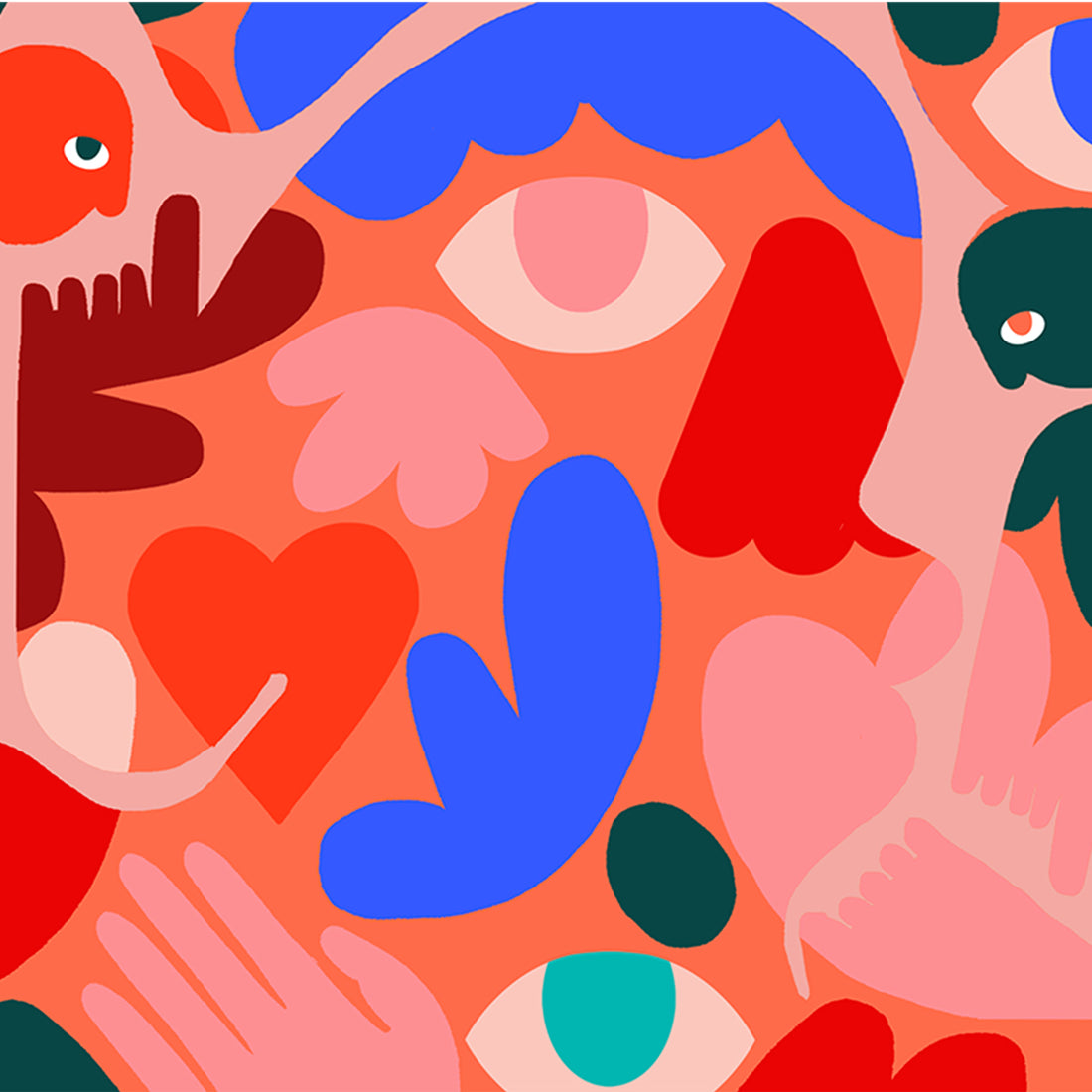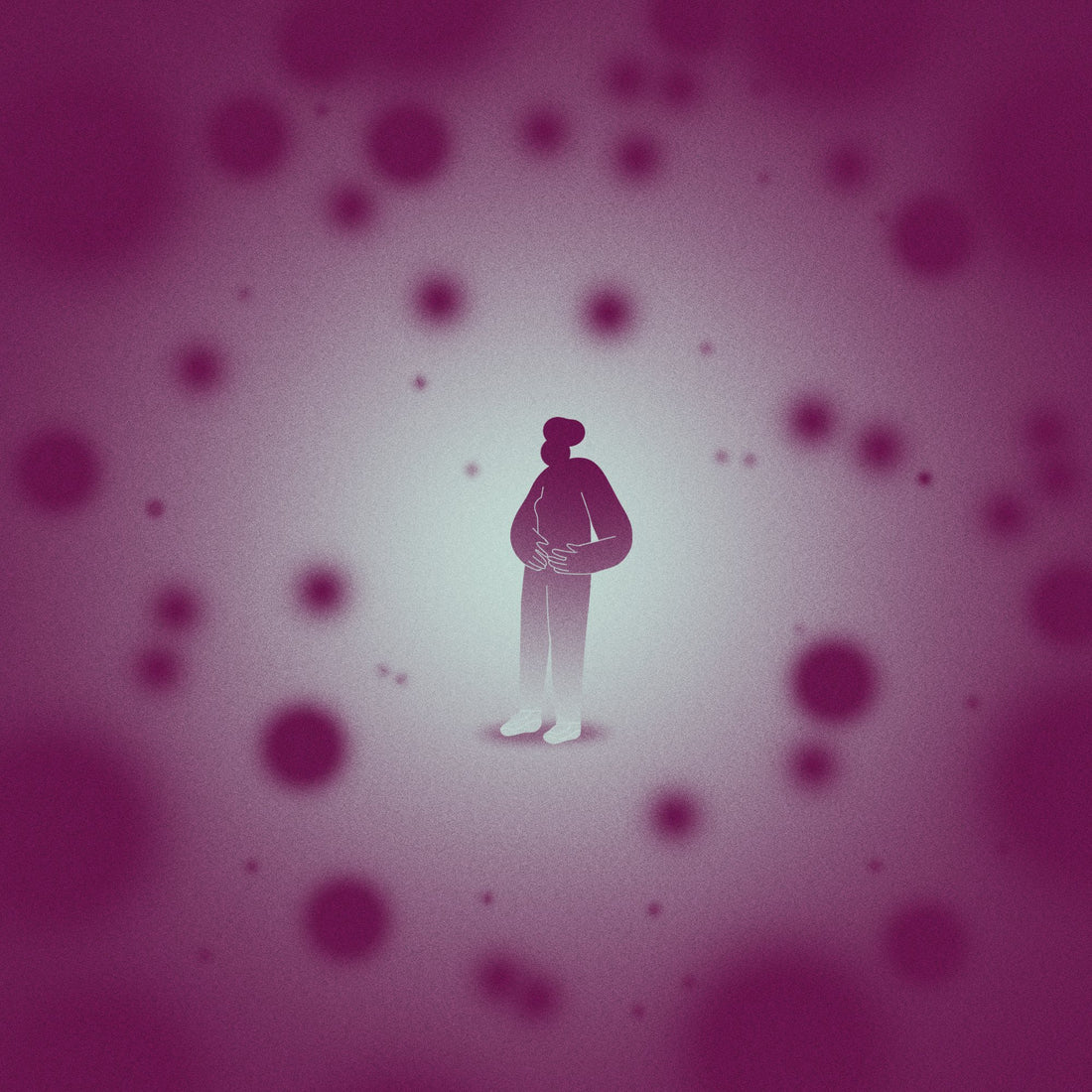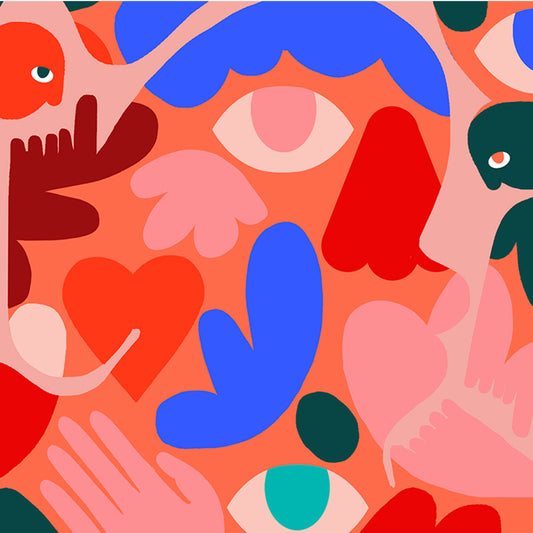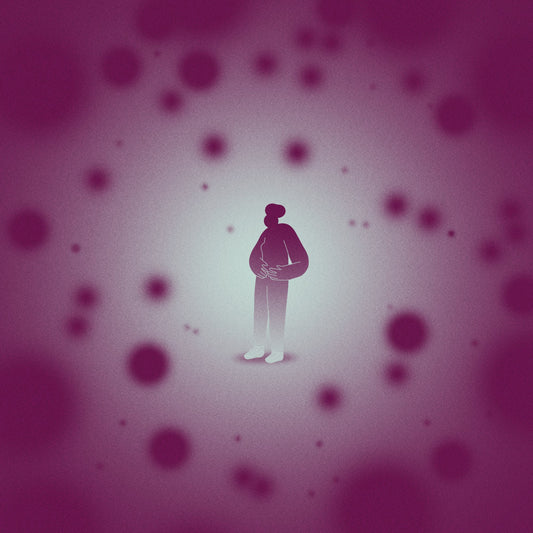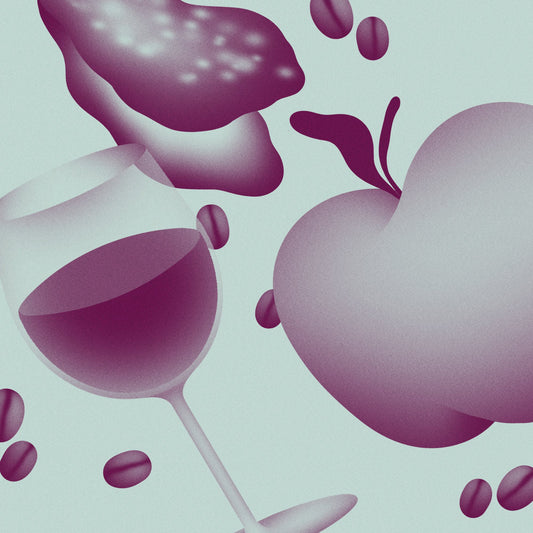Alexandra Fine, Credentialed Sexologist, M. Psych | Written by Dame
What Is the Prostate? | What is Prostate Massage? | Are There Health Benefits? | How to Do a Prostate Massage
People can mean very different things when they talk about “getting a massage.”
A massage can be therapeutic. Trained massage therapists are able to provide patients or clients with pain relief, stress and anxiety reduction, rehabilitation from injury and some illnesses, or simply a relaxing experience that improves their overall health and well-being.
Then, there’s the “other” type of massage. Whether it’s performed by sex workers at a massage parlor, or by a partner in the privacy of a bedroom, an erotic massage can heighten sexual arousal and/or bring a partner to orgasm.
Massage can even provide a combination of sexual and health benefits.
Mental and sexual health professionals may recommend that partners try massage as a treatment for sexual dysfunction issues like premature ejaculation, anorgasmia and erectile dysfunction. And massage is an integral component in the practice of tantric sex, believed to improve physical, spiritual and sexual health.
That all makes sense. But where does prostate massage fit into the picture?
Prostate massage, or as it’s sometimes called, prostate milking, is another example of a technique that may provide both medical benefits and sexual pleasure. In fact, even it’s being used for therapeutic purposes, it’s likely to feel really, really good.
Let’s unpack it all.
What Is the Prostate?
Before discussing prostate massage, we first have to understand what the prostate is.
The prostate gland is a small, chestnut-sized organ that’s only present in those assigned male at birth. It’s part of the reproductive system and has one key function: it produces a fluid (prostatic fluid) that, when mixed with other body fluids and sperm produced by the testicles, becomes semen. Contraction of the prostate muscles during ejaculation also propels the semen through the urethra and out of the penis.
You may have heard references to the “female prostate,” but it’s not the same thing. Vulva-havers do have ducts and glands (known as the Skene’s glands) which are part of their reproductive system, and are composed of the same prostatic tissue found in penis-havers. That’s mainly important because it means both sexes may contract prostate cancer. But the “female prostate” is not the same as the “male prostate” – and it can’t be massaged.
(Some believe that the g-spot is actually the “female prostate,” and some call the prostate the “male g-spot,” but those are stories for another day.)
The prostate gland isn’t easy to reach. It’s located well inside the body, under the bladder and surrounding the urethra (the duct that carries urine and sperm). And that has important implications for penis owners as they get older.
For unknown reasons, their prostate slowly begins to grow larger when they’re in their mid-20s. By the time they’re in their 50s or 60s, the size of the enlarged prostate may put pressure on the urethra, to cause what’s known as benign prostatic hyperplasia (BPH).
BPH isn’t usually a very serious issue and it’s not linked to prostate cancer, but the symptoms affect urination and they can be uncomfortable: urgently needing to urinate, problems maintaining strong urine flow, and difficulty emptying the bladder.
Seeing a urology specialist for treatment of BPH is important, though, because if left unchecked it can eventually cause lower urinary tract symptoms (LUTS) like regular inflammation (chronic prostatitis), bladder infections, kidney problems and even issues in the bedroom. That may all seem like somewhat-useless information, but we’ll get back to it shortly.
That’s the basic story, but there’s one question left. If the prostate isn’t easy to reach, how is prostate massage even possible?
You’ve probably guessed the answer: the best route is through the back door.
What is Prostate Massage?
Here’s the simple answer. Massaging the prostate usually involves inserting a finger or implement into the rectum, finding the spot where the gland contacts the anal wall (often called the p-spot), and stimulating it.
And it’s often done because of the sexual pleasure a prostate massage can produce.
For many penis-havers, the “massage” part can be enough, either in solo or partner play. It excites the many nerve endings in the vicinity of the prostate, boosting arousal and encouraging erection. It can also relax the muscles in the rectum before beginning anal sex.
For others, the goal is to induce the release of prostate fluid during a prostate orgasm – which is why prostate massage is also called “prostate milking.” And prostate stimulation that produces an orgasm doesn’t just accomplish the goal of releasing fluid; it engages the nervous system and brain to produces feelings similar to a “normal” penile orgasm. Some penis-havers say the climax is even more intense, because there are usually more pelvic contractions before ejaculation.
The prostatic secretion released during a prostate orgasm isn’t the same as the ejaculate produced during masturbation or penetrative sex. It doesn’t contain sperm or the other fluids produced by the seminal vesicles and other glands, so it’s thinner – and it can’t cause pregnancy. That doesn’t mean the climax is less pleasurable, though.
Massaging the prostate doesn’t have to involve anal stimulation. In many prostate-havers, pressure on the right part of the perineum (the area between the scrotum and anus, sometimes called the taint) can stimulate the prostate from underneath. With practice, it’s even possible to reach orgasm that way.
One caution: some penis owners aren’t able to reach climax via prostate massage, and some who’ve experienced it haven’t enjoyed the sensations.
That may not matter, however, if the massage is being done for medical reasons.
Are There Health Benefits to Prostatic Massage?
Not all urologists (or other healthcare professionals) believe that there are benefits to prostate massage therapy. In fact, most don’t see a point to it unless they need to obtain prostatic fluid for lab testing.
There’s no reliable and accepted research showing that the technique can actually help patients with prostate problems. Studies claiming prostate massage success stories involve only a small group of patients, or are simply anecdotal.
However, a limited number of doctors (with urologist Daniel Shoskes in the forefront), many alternative medicine practitioners, and “experts” who profess to specialize in “men’s health” are vigorous proponents of prostate milking.
Here’s what they claim.
- Prostate massage can supposedly help relieve the swelling and pressure caused by inflammation of the prostate, while also relaxing tension in pelvic floor muscles. They recommend prostate milking for the treatment of both acute bacterial prostatitis and chronic prostatitis, in conjunction with the use of antibiotics.
- Prostate massage can supposedly ease the effects of BPH (the benign prostatic hyperplasia we mentioned earlier), by draining prostate fluid that can make prostate enlargement – and urinary issues – worse.
- Prostate massage can supposedly help those suffering with erectile dysfunction or ejaculation issues, by theoretically improving circulation, repairing nerve damage, relaxing pelvic floor muscles and/or treating prostatitis that can lead to ED.
Does prostate massage really improve prostate health or health in general? Perhaps. It’s best to seek medical advice before trying it for health reasons, though, because there can be some risks.
There are the obvious ones associated with any anal sex play, like tears, cuts and abrasions of sensitive rectal tissues, and rectal bleeding. But more importantly, prostate massage in those with active bacterial prostatitis may cause the bacteria to spread to the urethral tract and the bloodstream. It should also be avoided by those who may have prostate cancer, because it can cause cancer cells to spread.
How to Do a Prostate Massage
Before starting, take a few preparations to avoid some of those risks we just mentioned. Trim fingernails, wash hands thoroughly, have a supply of lube (silicone or water-based) and tissues at the ready, and make sure the rectum is clean. It’s also a good idea to pee as well, for reasons that will be obvious shortly. If you prefer to use gloves instead of fingers, have those ready too.
We’ve already touched (pardon the expression) on how it’s possible to massage the prostate via the perineum, but here are a few tips that can help.
- Use lube, even though you’re not inside the anus, because the perineum is delicate tissue that can tear easily.
- To locate the prostate, focus on the back half of the perineum (the half closer to the anus) and explore, pressing firmly with two fingers until you feel an urge to urinate. Eureka! You’ve found the prostate. It may be easier to find if the prostate owner already has an erection.
- Use fingers to apply pressure while tracing circles, figure-8s or other patterns – until you start to feel the pleasure (or your partner tells you they’re feeling it).
- Don’t be disappointed if external prostate massage doesn’t result in orgasm or ejaculation; it simply won’t happen for some people.
Internal prostate massage takes more exploration, time and care, but is more likely to result in a climax – that is, once you find the prostate.
- Start with more lube, and don’t be shy with it. The rectum and anus don’t produce their own lubrication, so you have to supply it.
- Find a comfortable position that provides easy access. Doggy-style, face down or lying on the side usually works best.
- Slowly insert one finger into the anus. When it’s fully inserted, feel along the front wall, about four inches into the rectum toward the bottom of the penis. You’re searching for a small, round lump of tissue; it will feel very different than the wall surrounding it. Once again, you’ll know you’re in the right spot if you feel the urge to pee.
- Stimulate the prostate with the finger (or two, if you can manage it and feel adventurous). Most people believe that a crooked finger and a “come hither” motion are most effective. After that, do what comes naturally until (hopefully) the climax.
- The feelings can be made even more intense with simultaneous stimulation of the genitals.
Anal sex toys can make the process of prostate massage easier, while also helping you avoid finger or arm cramps. Specialized prostate massagers are the best choices because they’re angled specifically to contact the p-spot, but most anal vibrators and butt plugs will be able to do the job. First find the prostate manually, though, so you have a target to aim for. (And as with any anal sex toy use, be sure it has a flared base so you can remove it easily.)
Above all, be patient. Prostate play doesn’t always result in orgasm or an ejaculation – but it will almost always feel great, and you may even be receiving some bonus health benefits without even knowing it.

